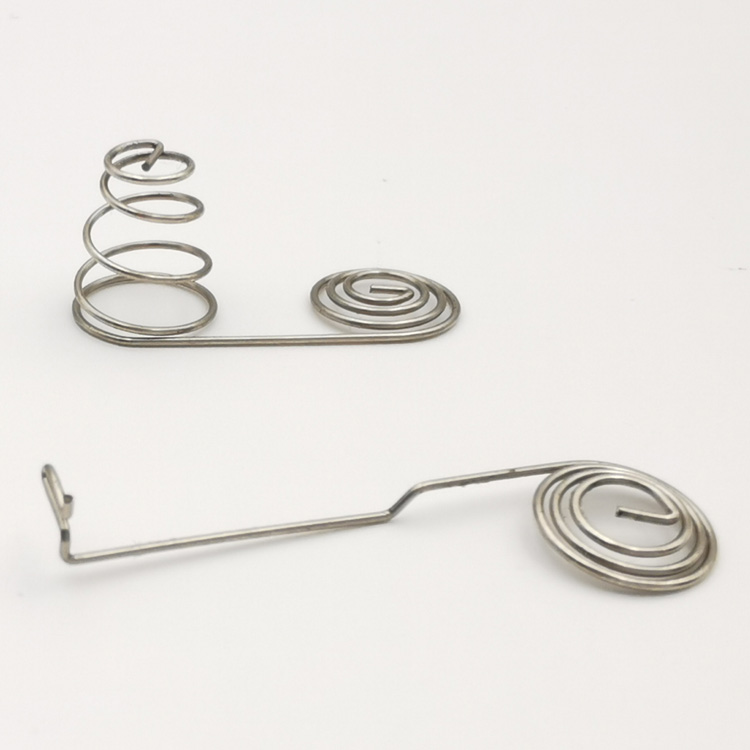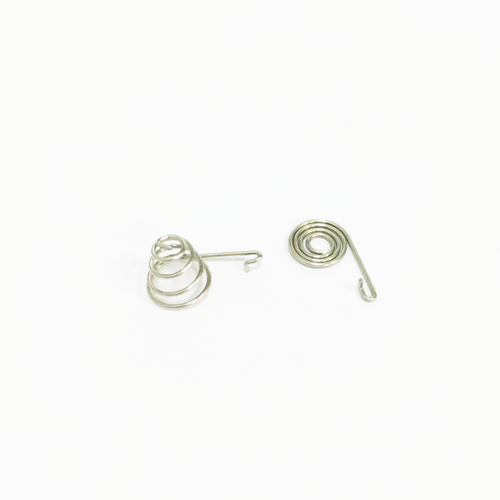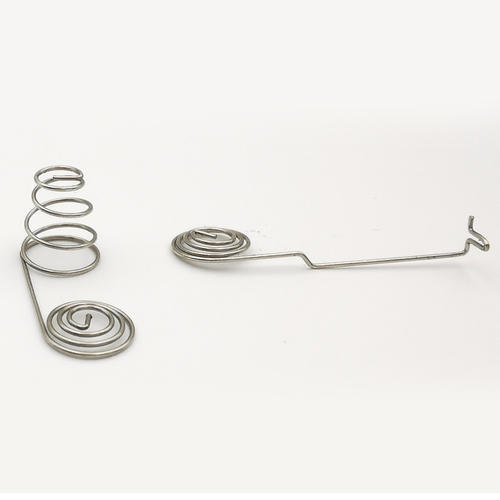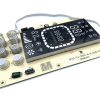
Battery Springs: Important Parts in Modern Electronics
In the intricate world of modern electronics, where miniaturization and seamless functionality are paramount, there exists a component often overlooked but indispensable - the battery spring. In this article, we delve into the multifaceted realm of battery springs, unraveling their significance in powering our devices and ensuring their seamless operation.
What Are Battery Springs?
Battery springs are small, coiled or flat metal components designed to store and release energy when compressed or expanded. They are the unassuming connectors that bridge the gap between a battery and its host device, performing the dual role of mechanical support and electrical contact.
Types of Battery Springs
Coil Springs:These springs, as the name suggests, take the form of tightly wound coils. They are ideal for applications requiring consistent pressure and moderate deflection.
Leaf Springs: Leaf springs are flat, slender strips of metal that provide a more substantial and uniform contact force. They are often used in applications demanding higher deflection.
Button Springs: These compact springs, resembling small discs, are excellent for limited-space applications. Their shape allows for an even distribution of force.
Battery Spring Functions
Mechanical Support
Battery springs serve as a sturdy foundation, preventing the battery from shifting or rattling within the device. This mechanical stability is crucial in preventing damage to sensitive internal components.
Electrical Contact
Perhaps their most critical function, battery springs, establish and maintain electrical contact between the battery and the device. They ensure a reliable flow of power, which is crucial for the device's functionality.
Vibration Dampening
Battery springs can also act as vibration dampeners, reducing the impact of external shocks and vibrations on the battery and device, thereby extending their lifespan.
Battery Spring Applications
Electronics Industry
Battery springs find extensive use in the electronics industry, where they power devices ranging from smartphones to remote controls, ensuring seamless and uninterrupted performance.
Automotive Sector
In the automotive world, battery springs contribute to the smooth operation of keyless entry systems, tire pressure sensors, and various other electrical components.
Medical Devices
Critical medical devices, such as pacemakers and insulin pumps, rely on battery springs to guarantee the continuous and precise delivery of life-saving treatments.
Consumer Electronics
From digital cameras to gaming controllers, battery springs are the unsung heroes behind the scenes, ensuring our gadgets remain operational.
Manufacturing and Materials
Materials Used
Battery springs are typically crafted from materials such as stainless steel, phosphor bronze, or nickel alloys, chosen for their durability and electrical conductivity.
Manufacturing Process
Stamping:The manufacturing process often involves stamping, where flat sheets of chosen materials are cut and shaped into the desired spring form.
Wire Forming: For coil springs, wire forming techniques are employed, intricately winding the wire to create the coil structure.
Coating and Finishing: To enhance durability and resistance to corrosion, battery springs may be coated or finished with materials like zinc or nickel.
Conclusion
Battery springs play a crucial role in enabling the smooth functioning of our electronic devices. Whether it's powering our smartphones or life-saving medical equipment, battery springs are often overlooked but deserve recognition for their essential contributions. If you want further information about the battery spring, please feel free to contact us at nellyyip@xinzhaolang.com.








